Mercury Marine Company Overview
While Evinrude may get a lot of publicity, Mercury Marine is actually the world’s leading manufacturer of marine propulsion engines. Unlike other companies that produce complete watercrafts, Mercury focuses exclusively on engines, providing units for recreational, commercial and government usage. The company creates both Mercury and Mariner engines.
You won’t see Mercury Marine on the NYSE, but that’s because they are a division of Brunswick Corporation, who also owns Bayliner, Sea Ray and other leading marine manufactures. In addition to their award-winning engines, Mercury also produces a wide line of accessories and Mercury oil. The Mercury Marines mission statement outlines their commitment to excellence and their customers.


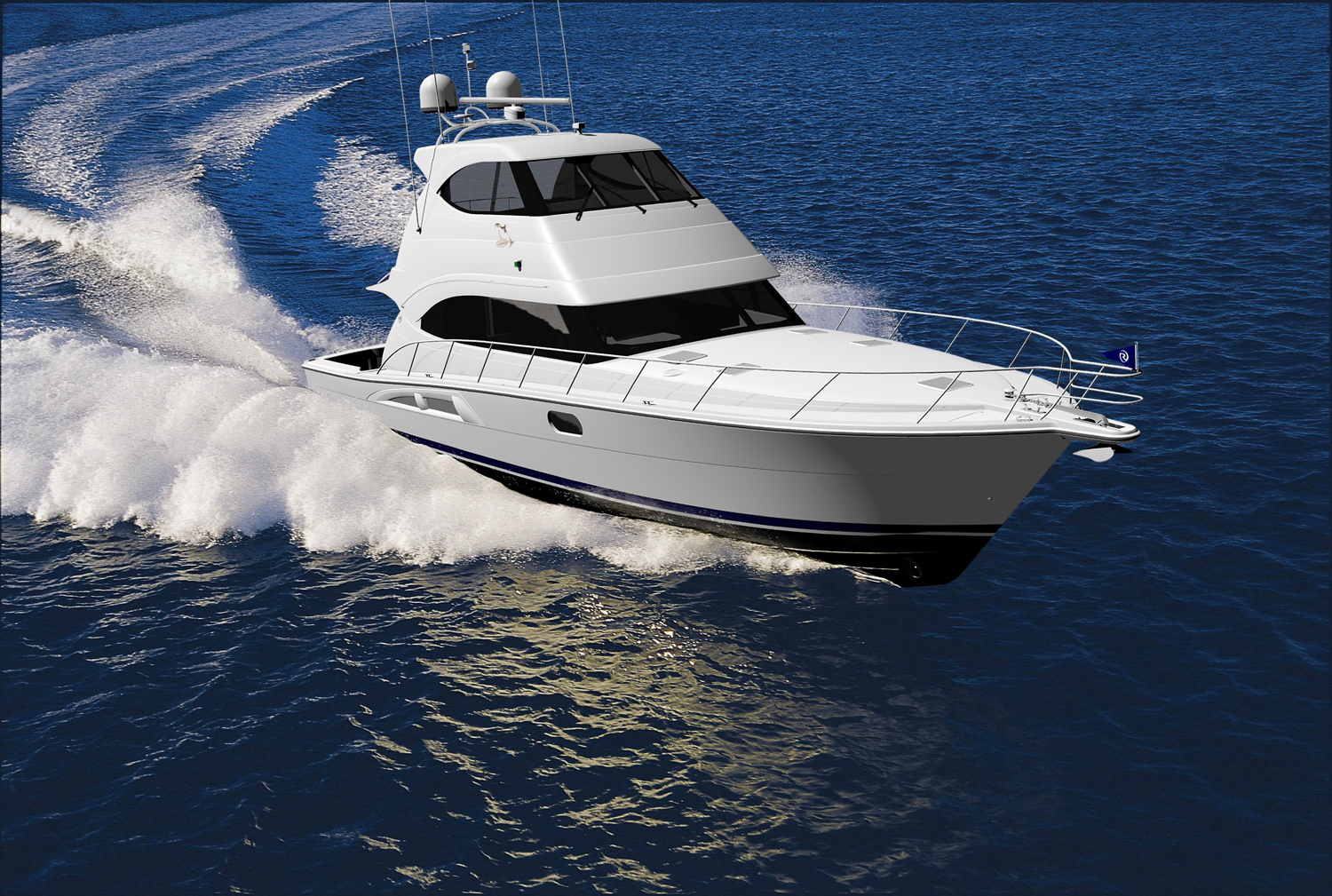


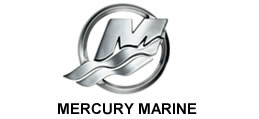
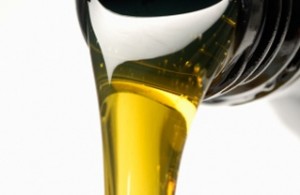
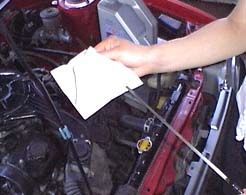
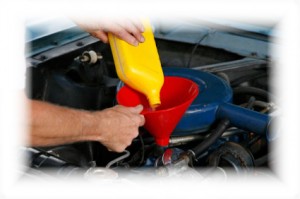
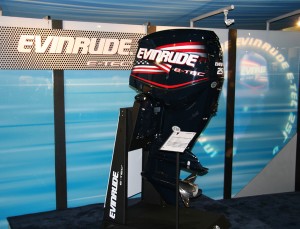

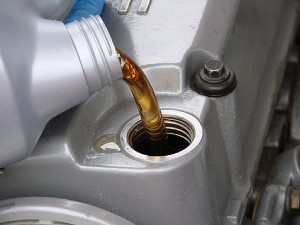


 Yesterday we reviewed some of the pre-ride checks that you should go through every time you ride your motorcycle — primarily, checking the levels of gas and
Yesterday we reviewed some of the pre-ride checks that you should go through every time you ride your motorcycle — primarily, checking the levels of gas and 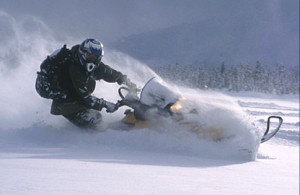
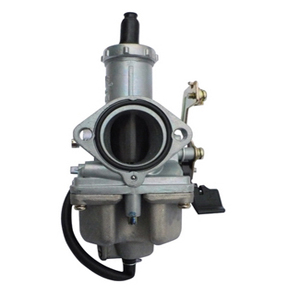 Yesterday we went over the main idle adjustments, and today we will delve in deeper to how to fine tune the carburetor on your ATV. Once the idle is set, it is time to make minor adjustments to the various idle positions. For the off idle to ¼ throttle, the slow jet and slow air jet are the most effective means of getting the results that you want; use a larger slow jet and smaller slow sir jet for a richer mixture, and vice-versa.
Yesterday we went over the main idle adjustments, and today we will delve in deeper to how to fine tune the carburetor on your ATV. Once the idle is set, it is time to make minor adjustments to the various idle positions. For the off idle to ¼ throttle, the slow jet and slow air jet are the most effective means of getting the results that you want; use a larger slow jet and smaller slow sir jet for a richer mixture, and vice-versa.